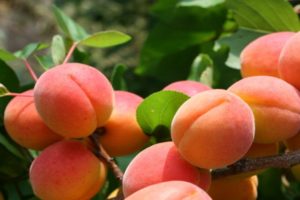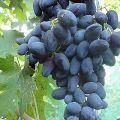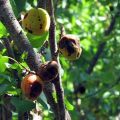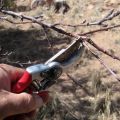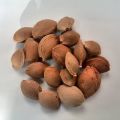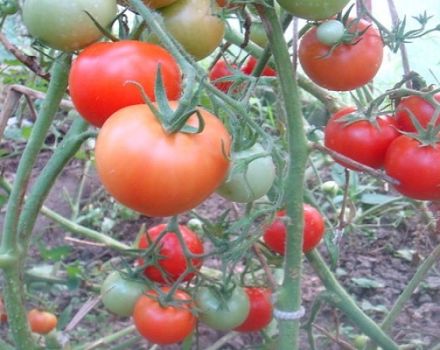Description and characteristics of the apricot variety Akademik, planting, growing and care
Common apricot is a perennial deciduous tree of the genus Plum of the Pink family. It is a fruit that is most often grown in the gardens of regions with warm mild climates, but there are varieties suitable for the harsh climates. IV Michurin began the work on breeding winter-hardy apricot varieties. Gradually, new varieties of apricot began to appear, such as Akademik.
History and description of the variety
The variety was bred more than 20 years ago; it was entered in the State Register in 1996. At the experimental station of the Far Eastern Research Institute of Agriculture in the Khabarovsk Territory, the specialists of the Institute G. T. Kazmin and V. A. Marusich crossed two winter-hardy varieties Khabarovsk and Sputnik, the result was subsequently recommended for cultivation in the Far Eastern region. Since 1972 it has been listed in the register of promising varieties, since 1975 in elite varieties.
Description of the apricot variety Akademik
The tree is tall up to 5 m, the trunk is rough, bumpy, dark gray, the young branches are green-gray. Buds are formed on one-year and two-year branches, 3 pcs. together, large, light brown, conical.
Leaves are cordate, elongated, with a pointed edge, thin, shiny dark green above, below - pale green color, are on long brown petioles.
The flowers are large white with pink blotches on short petioles. After flowering, they form green fruits, which, when ripe, become orange in color with a pink blush on the sides. The shape of the fruit is round, elongated, with a small projection-beak. The skin is thin, tasty, tender, the pulp is juicy, sweet-sour, yellow. Inside the fruit there is a round-flattened bone with a rib, the core is sweet.
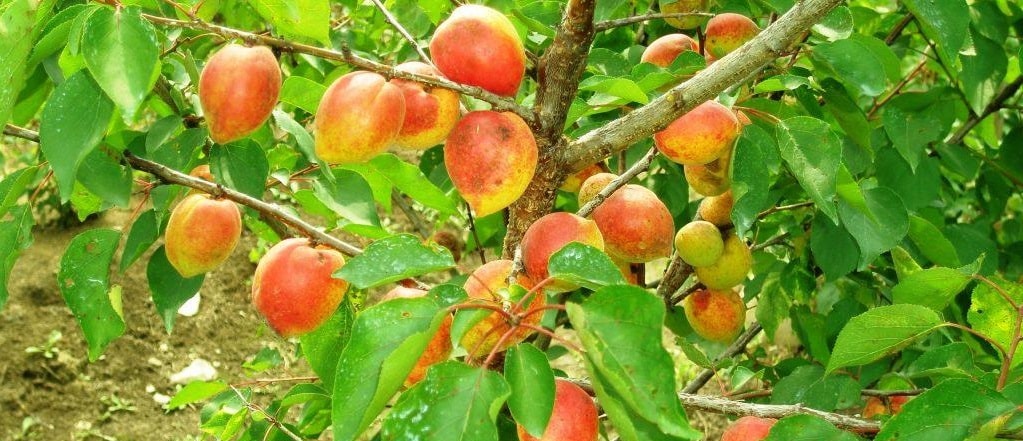
Characteristic
Apricot Akademik is partially self-fertile, for higher yields, pollinators Amur, Khabarovsk are needed:
- Frost resistance of the root system from -38 to -40 ° C.
- Early ripening period, blooms in the 1st or 2nd decade of May, from the 10th to the 25th, the fruits ripen at the end of July - 1st decade of August.
- Not subject to evaporation.
- Akademik's bones are used as a parent variety for breeding new hybrids.
- Drought-resistant apricot, resistant to waterlogging in the upper layer of the ridge, burn-resistant.
- High-yielding apricot up to 124 kg / ha.
- The fruits have a long shelf life, in room conditions up to 7 days.
- Do not crack.
- They tolerate transportation well, do not wrinkle, have a presentation.
- Resistance to diseases and pests is average.
- Has a long fruiting period up to 40 years.
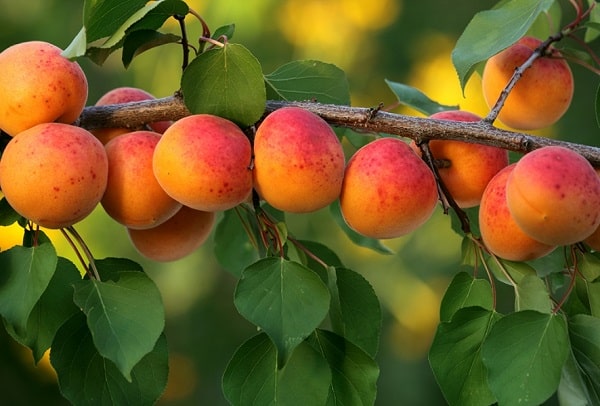
Fruits contain sugar more than 11%, acids about 3%, dry matter not more than 17%.
Advantages and disadvantages
The lack of the apricot variety Akademik freezing when planting in coastal areas, river lowlands, in moist soils gets a monilial burn. There are many advantages of the Academician: winter hardiness, bountiful harvest, sweet large fruits, transportability, good presentation, used for cooking, dried, juiced, consumed fresh.
Growing features
In the Far East region, planting apricot Akademik should be carried out in well-drained soil on the hills, it is better to avoid places where groundwater is closer than 2 m.It needs fertile soil with a neutral acidity level, so before planting, you need to check the pH, if it is high, add lime ... Saplings are planted in spring or autumn in most regions, but for Siberia and the Urals, it is better to carry out spring planting.
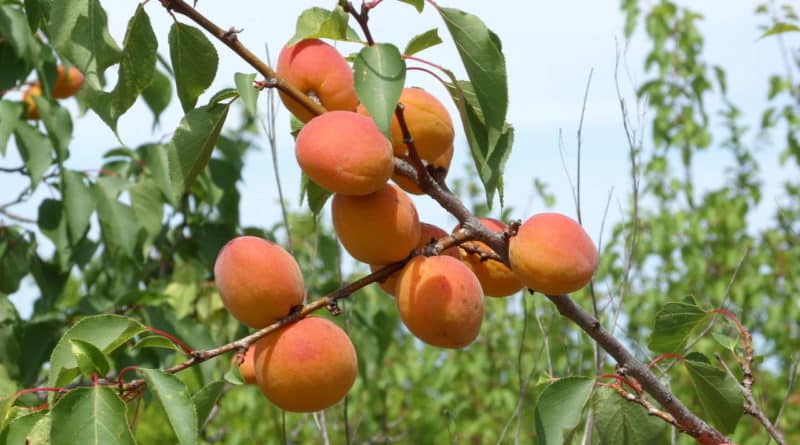
The planting site should be sunny, without drafts; a pollinator must be planted on the site at a distance of no more than 40 m.
Diseases and pests
The academician is resistant to diseases, but can be affected by gray or fruit rot, clasterosporiosis, in order to avoid these diseases, it is necessary to observe agricultural cultivation techniques, carry out preventive spraying and sanitary pruning. If the apricot is sick, then it is worth sprinkling with Bordeaux mixture, "Skor", "Horus" or another fungicide.
Apricot pests Akademik - aphids, moths, leafworms, in order to get rid of them, it is enough to spray with insecticides in spring and autumn, as well as to dig up the trunks and clean them of foliage.
